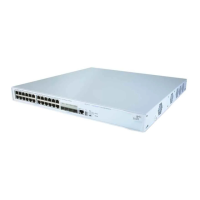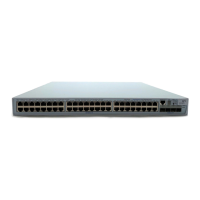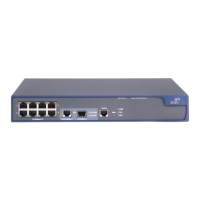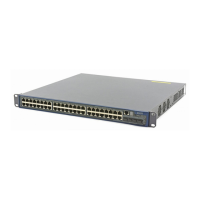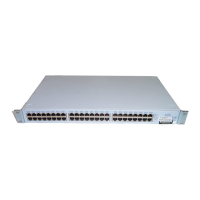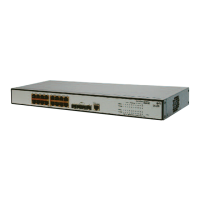Access Management Configuration 93
debugging dhcp-relay in User View and then use the terminal debugging
command to output the debugging information to the console. In this way, you
can view the detailed information of all DHCP packets on the console as they
apply for the IP address, and so locate the problem.
Access Management
Configuration
Access Management
Overview
In networking, the ports in a Switch which access different users belong to the
same VLAN and they cannot communicate with each other, for the purposes of
security, simplicity, and saving VLAN resources. Different ports have different IP
addresses and only the users with an IP address which is allowed to pass the port
can access the external network through the port. You can achieve this
configuration using the functions binding Switch port with IP address and port
layer-2 isolating.
Configuring Access
Management
Access management configuration includes:
■ Enabling/Disabling Access Management
■ Configuring the Access Management IP Address Pool Based on the Port
■ Configuring Layer 2 Isolation Between Ports
■ Enabling/Disabling Access Management Trap
Enabling/Disabling Access Management
You can use the following command to enable the access management function.
Only after the access management function is enabled will the access
management features (IP and port binding and Layer 2 port isolation) take effect.
Perform the following configuration in System View.
By default, the system disables the access management function.
Configuring the Access Management IP Address Pool Based on the Port
You can use the following command to set the IP address pool for access
management on a port. The packet whose source IP address is in the specified
pool is allowed to be forwarded on Layer 3 via the port of the Switch.
Perform the following configuration in Ethernet Port View.
Tab le 87 Enabling/Disabling the Access Management Function
Operation Command
Enable access management function am enable
Disable access management function undo am enable
Tab le 88 Configuring the Access Management IP Address Pool Based on the Port
Operation Command
Configure the access management IP address pool
based on the port
am ip-pool address_list

